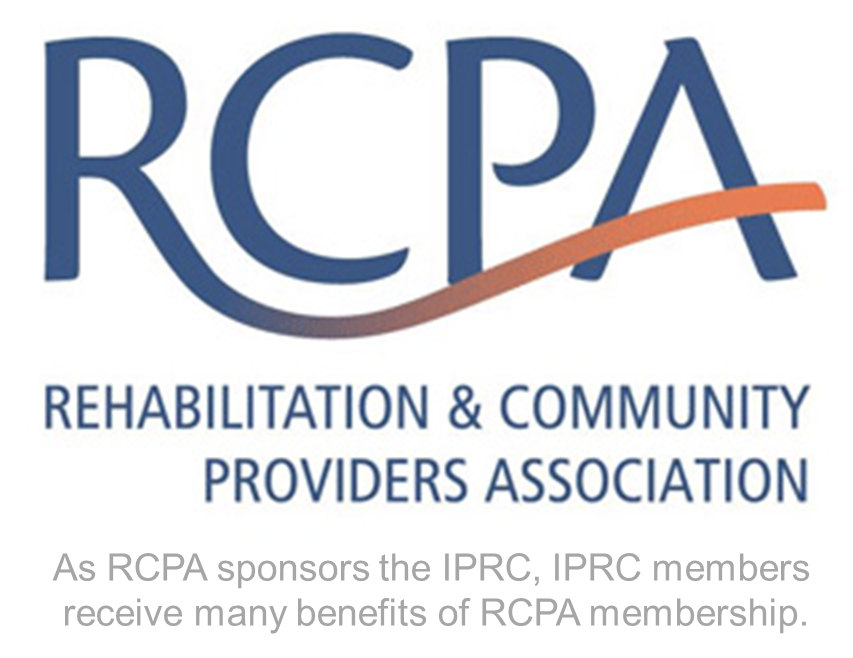-
Best Practice Announces A Look at CIMT
A Look at CIMT
The Best Practice and Innovation Group has taken a look at Constraint Induced Manual Therapy, through the lens of academia as well as out in the clinic in different settings. We have pulled together an outline and resource list related to current practice and we would like to share what we have found.
CIMT is based on the theory of neuroplasticity, the theory behind the recovery of function. New connections are made through functional use of the weak extremity and through repetition; the clinician encourages use of the weaker arm, not focusing on teaching compensations, but rather, facilitating the child to work with their limitations and strengthen through functional demand.
Several Therapeutic variations:
- Constraint-Induced Movement Therapy (CIMT)
Constraint used more than 3 hours/day
- Modified Constraint
Constraint used less than 3 hours/day
- Forced Use
Restraint used only; no facilitation involved
- Bilateral Arm Training (BAT)
Emerged as an approach to address upper extremity paresis after stroke;
Studies support that bilateral arm training may help unilateral skill recovery- Hand-Arm Bimanual Intensive Therapy (HABIT)
Developed at Columbia University; focuses on improving the ability to perform bimanual activities. The belief is that efficacy of hand rehabilitation is not dependent on the use of restrictive devices on the unaffected hand (Gordon et al. 2007; Gordon et al. 2008).
- Robot-Aided Therapy (Locomat, Ankle BOT)
Currently being used with adults, using PNF patterns
Constraint Options:
- Cast
Used for greater than 3 hours
- Sling
Comfortable, good for short term. Does impede automatic reactions (protective extension), may ↑ risk of fall.
- Gloves/Mitts
For short term, less than 3 hours
Examples of Different Models:
- University of Alabama:
Use CIMT model of five hours of constraint per day for a minimum three weeks
- Columbia University (Andrew M. Gordon, Ph.D., TC)
Use bimanual intensive therapy (HABIT), this approach is easily adapted to different environments and a good compliment in conjunction with other models such as CIMT.
One model or other can be adapted to different environments, such as school, day program, camp format, etc.
References and Resources
- First human studies of forced use: Ostendorf and Wolf(1981), Wolf et al. (1989)
- First human studies of CI therapy: Taub et. al. (1993)
- For review see Wolf et al. (2002) The Neurologist, 8:325.-38.
- Extremity Constraint-Induced Therapy Evaluation (EXCITE) multi-site randomized clinical trial (Wolf et al. 2006 JAMA; 2007; In Press)
- Recent reviews: Sirtori et al. Cochrane Rev. 2009, Langhorne et al. Lancet Neur. 2009
- Charles, J, Gordon, AM, (2005) Neuroplasticity 12(2-3):245-61
- Hoare et al. (2007) Clinical Rehab. 21:675-85
- Eliasson, AC, Gordon, AM. In: AC Eliasson and P. Burtner (Eds.) Improving Hand Function in Children with Cerebral Palsy. MacKeith Press (2008).
- Gordon, AM, Friel, K. In: J. Hermsdorfer and DA Nowak (Eds) Sensorimotor Control of Grasping: Physiology and Pathophysiology. Cambridge University Press (2009)
- Huang et al. (2009) Phys Ther. 2009 Nov;89(11):1126-41
- Brady and Garcia (2009) Dev Disabil Res Rev. 15(2):102-11.
- Sakzewski et al. (2009) Pediatrics. 123(6):e1111-22.

